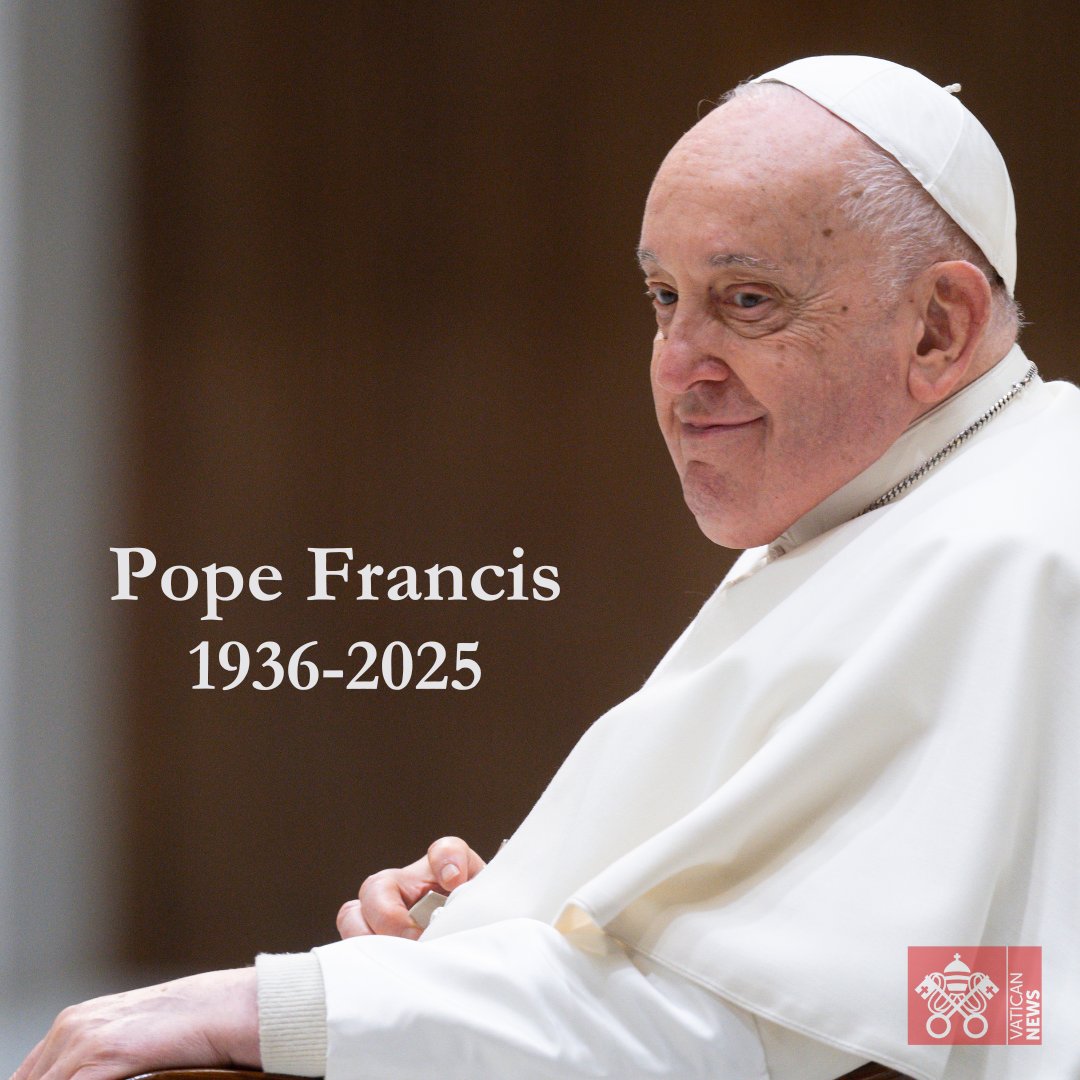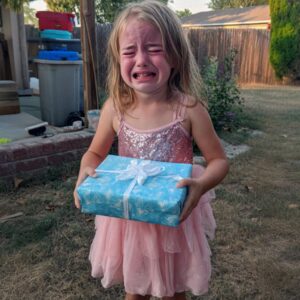A Pontiff Defined by Humility and Reform
From the moment he first appeared on the balcony of St. Peter’s Basilica in March 2013, Jorge Mario Bergoglio—chosen as Francis in homage to Saint Francis of Assisi—signaled a break from centuries of papal pomp. He made his residence in the modest Casa Santa Marta, declined the traditional papal limousine, and eschewed opulent vestments. Instead, he embraced simplicity: riding public transit when possible, washing the feet of prisoners and refugees, and calling for an “economy of encounter” that placed the poorest at the center of the Church’s mission.
Under his leadership, the Vatican undertook a series of reforms aimed at increasing transparency and accountability. He reorganized the Roman Curia, established new financial oversight bodies, and convened a landmark summit on the sexual-abuse crisis that had long shadowed the Church. His encyclicals—Laudato si’ on care for creation, Amoris laetitia on family life, and Fratelli tutti on fraternity and social friendship—offered a vision of Catholic teaching deeply engaged with the challenges of the modern world.
Final Hours at Casa Santa Marta
The Holy See issued a brief statement on April 21, noting:
“With great sorrow, we announce that His Holiness Pope Francis died at 6:15 a.m. local time in his quarters at Casa Santa Marta. We ask the faithful to unite in prayer for the repose of his soul and for the consolation of the entire Church.”
Casa Santa Marta, a guesthouse within Vatican City, had been the Pope’s chosen home since his election. Its understated suites and common dining room embodied his preference for community over ceremony. In his last hours, he received the ministrations of his personal physician and the prayers of close collaborators. Vatican News later shared an image in memoriam—a serene, black-and-white portrait of the Pope, his face softly illuminated, bearing the dates “1936–2025.”
Health Decline and Surprise Appearance
Francis’s health had concerned observers for several months. He underwent abdominal surgery in late 2024, and intermittent hospital stays prompted speculation about his longevity. Yet, in early April 2025, he astonished the world by emerging onto the balcony of St. Peter’s Basilica to lead the Easter Vigil—a testament to his resilience and dedication. That appearance marked his first public ministry since hospitalization and underscored the spontaneous affection he inspired among the faithful who filled the Vatican square in candlelit vigil.
Just two weeks later, his condition took a quieter turn. Vatican insiders reported that he spent more time in prayer and rest, receiving visitors in the private chapel of Casa Santa Marta. On Easter Monday, surrounded by those he had long entrusted with his care, he passed away without fanfare but with the deep peace that characterized his final reflections.







